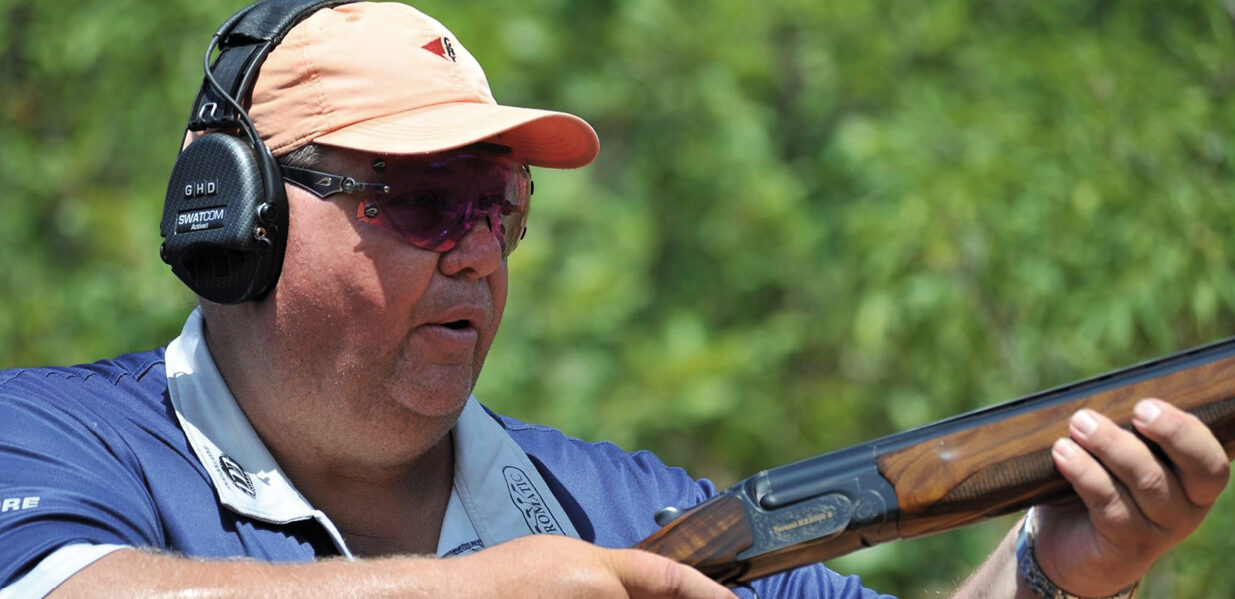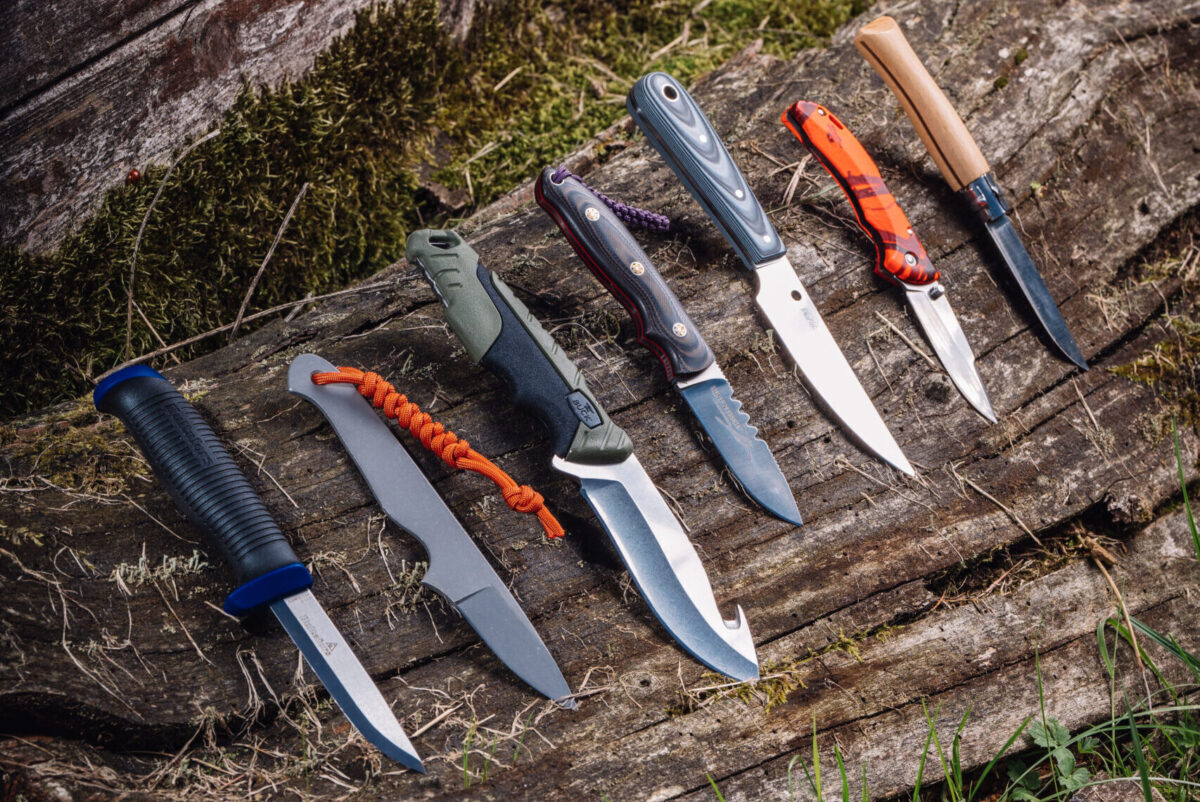Why you should try binoculars out for yourself before buying
Online shopping has become almost irresistible during lockdown but for big-ticket items like optics, you really should try before you buy, advises Alasdair Mitchell

A pair of binoculars for observation work will come in useful
I have been thinking of upgrading my binos. Why? Because I can, is the truthful answer. Not that I want to admit that to myself or anybody else, of course. It is amazing how you can seize upon convenient arguments to justify almost any spending decision. Especially during a lockdown, when the lure of online shopping can become almost irresistible. Fortunately, I have made it a rule never to make an impulse purchase after 9pm. And this, in part, is why I am looking forward to the return of game fairs.
Buying binos
You can research binoculars and other hunting optics all you like, but until and unless you actually handle and peer through some of your shortlisted kit, you cannot be 100% sure whether it will suit your requirements. And for many of us, the only place where we can try out several pairs of competing binos under similar light conditions is at a game fair or country show.
There are many other reasons for going to a game fair — mostly related to meeting like-minded people. But trying out potential purchases is an acceptable motive, particularly when it comes to highly personalised stuff such as optics and footwear. An internet search can provide you with useful details and a good idea of prices, but it can never replace actually getting hold of an item and trying it for size, as it were.
Alpha brands
When it comes to binos, there are three so-called alpha brands: Swarovski, Zeiss and Leica. People treat these legendary companies like the optical version of premier division football teams, displaying fierce loyalty. The competing merits of their product are the subject of endless online discussions, with much technical blether about chromatic aberration and whether the Abbe-Koenig prism configuration is superior to the Schmidt-Pechan one.
It’s all great fun, but it skips around the fact that we are all individuals and our style of shooting differs accordingly. Furthermore, our eyesight changes as we get older, so that’s yet another variable. And another excuse for expenditure. There is a degree of snobbery involved in the process of choosing binos. People get very sniffy about where the things are actually made. Swarovski is still proudly based in Austria, where the company was founded in 1895. Zeiss, the famous German company, was founded in 1846. Today, some of its less expensive models are made in China — which has outraged some optics purists. Leica, an equally famous German company, was founded in 1849. It pioneered binoculars with an integral rangefinder in 1992. For years, its rangefinder models have been built in Portugal.
Binocular technology has improved markedly over time and there is now a host of moderately priced brands whose higher- end products are snapping at the heels of the big three. A performance gap does still exist, I am told, but the cost of achieving those last few percentage points of excellence is very high — some might say disproportionately so. Yet there are always people who want the best and are prepared to pay for it. All I would caution is that if you are going to spend good money on hunting optics, make sure you actually try before you buy.







